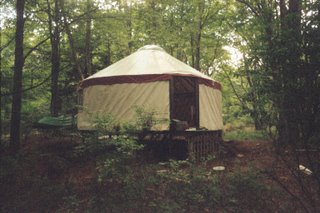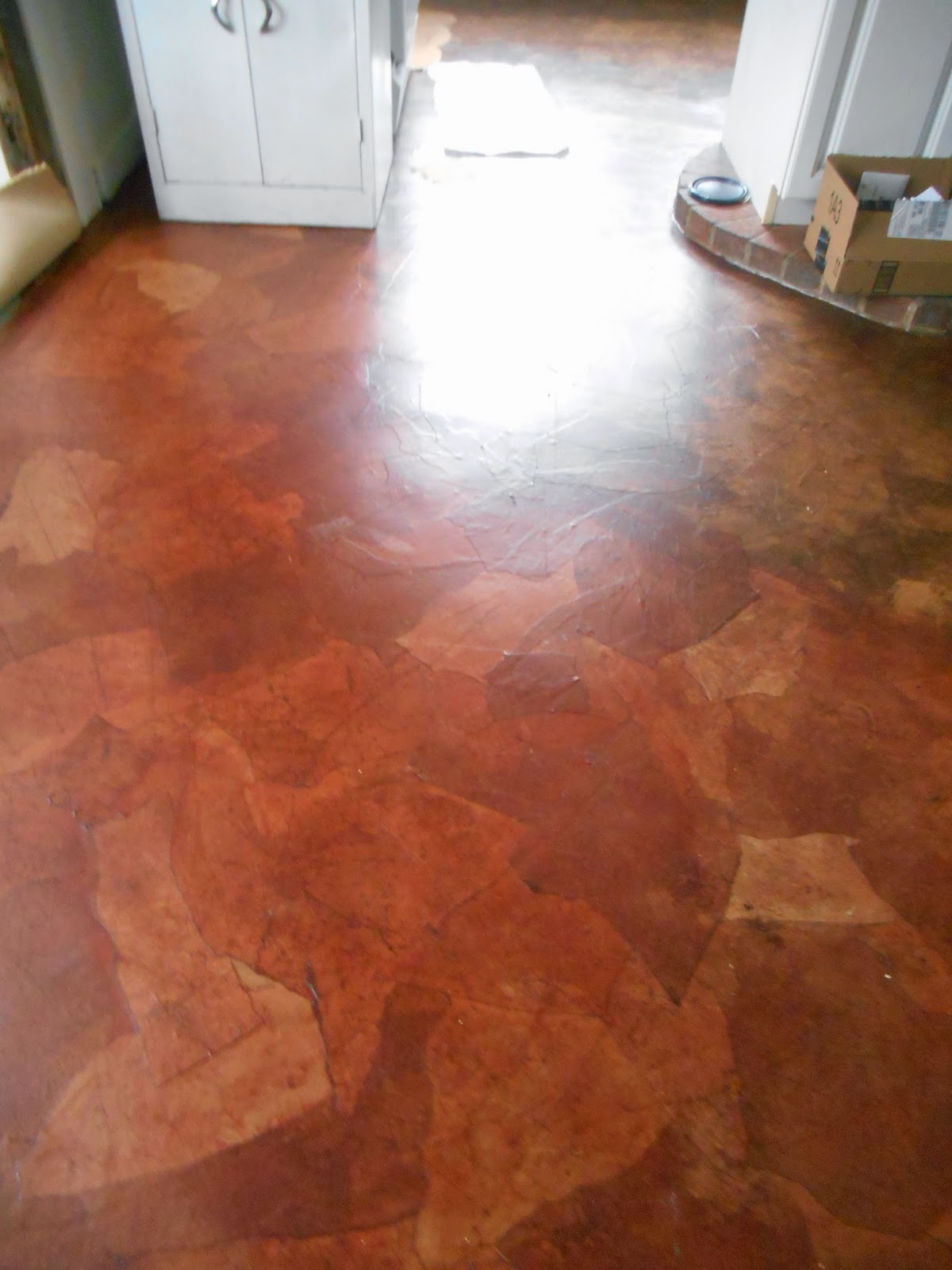the Yurt

The Yurt : July 13, 2006
This is my 20 foot-wide yurt on an island off the coast of Portland, Maine.
It doesn't look like much from the outside, but inside is a mystery of light and space. I built it as a means to have a place I could live in when others were using my family's cabin, because I want to live simply during months when it is feasible. The aesthetics of living in a building where you can hear the birds, the ocean, the wind--all very clearly--is very different from those of living in a building where you hear televisions, cars, loud music you may or may not like. Living without electricity really gets you to think about energy and light. Living without running water really gets you to think about how much water you use daily generally when in contemporary housing. That awareness can bring a greater appreciation and value to resources we take for granted.
Summer 2006 readings:
Gawande, Atul. "The Malpractice Mess: Dealing with Doctors' Mistakes." (2005, Nov. 14. The New Yorker); 62-71.
Brooks, Geraldine. "Unfinished Business: The Story behind the Sydney Opera House." (2005, Oct. 17. The New Yorker); 96-115.
Dillard, Annie. Teaching a Stone to Talk: Expeditions and Encounters. 1992. New York: HarperPerrennial. Breathtaking writing about nature, science & the strange things we humans do.
Moore, Lorrie. "You're Ugly, Too." The Best American Short Stories of the Century. Eds. John Updike and Katrina Kenison. (1999. New York: Houghton Mifflin Company); 652-670. Contemporary short story w/ some interesting thoughts about men & pornography and women & house designs.
Goldberger, Paul. "Some Assembly Required: A Modern Way to Make a Modern House." (2005, Oct. 17. The New Yorker): 180-182. About the pre-fab houses of Rocio Romero, 34 yo female architect.
Updike, John. "Deceptively Conceptual: Books and Their Covers." (2005, Oct. 17. The New Yorker): 170-172. Updike writes, "Book covers and jackets might seem to hover beneath serious critical notice, but nothing human is alien to the academic discipline called 'cultural studies,' be it baseball cards or vampire movies or female footgear. All such devices open inward into the secrets of Everyman's psyche and of capitalism's perfidious designs upon Everyman's pocketbook. ... Publishing forms a minor branch of the entertainment industry, and book design is increasingly a matter of fashion--that is, of attention-getting."
Copyright 2007 Elizabeth M. Burke

Comments